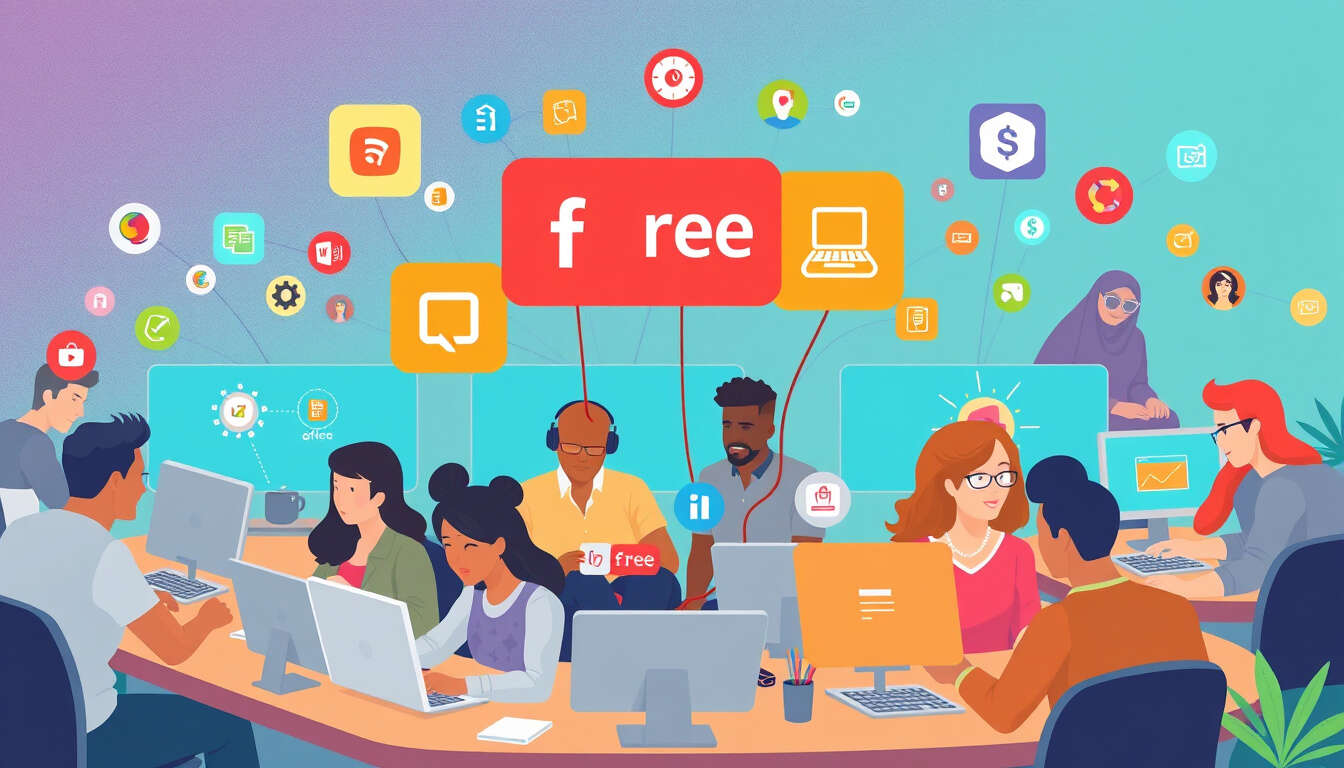Practical Ways Open-Source Software Can Help You Save Money Daily
 by Thaddeus Blanda
by Thaddeus Blanda
Discover how switching to open-source software can cut costs on everyday tools without sacrificing quality. Learn simple tips for using free alternatives to popular programs, making it easier for busy families to manage expenses effectively.

Open-source software offers a simple way to reduce spending on computer programs. Many people pay for expensive software subscriptions that add up over time. By choosing free options, you can keep more money in your pocket for other needs.
One key advantage is the availability of free alternatives to paid programs. For example, if you need word processing, you might use programs like Microsoft Office, which requires a fee. Instead, try LibreOffice, which provides similar features at no cost. This switch can save hundreds of dollars each year.
In your daily routine, consider how you handle photos or graphics. Paid software like Adobe Photoshop is common, but GIMP serves as a capable replacement. It's easy to download and use for editing images, helping you avoid monthly fees.
Another area where open-source software shines is in operating systems. Windows or macOS come with costs or upgrades, but Linux distributions are free and customizable. Families can install it on old computers, extending their life and saving on new hardware purchases.
To get started, begin with one change at a time. First, assess the software you use most. Make a list of programs and their costs, then research open-source options online. Many have user-friendly interfaces and community support to guide you.
Top Tips for Switching Smoothly
Here are some practical steps to ease the transition:
- Start small: Replace one paid program with an open-source version. For instance, use Firefox or Chrome alternatives like Chromium for browsing.
- Check compatibility: Ensure files from paid software open in free versions to avoid disruptions.
- Learn basics: Spend a little time watching tutorials. This builds confidence and minimizes any learning curve.
- Update regularly: Open-source programs often have automatic updates, keeping your system secure without extra fees.
- Share with family: Involve everyone at home. Teach kids or partners how to use these tools, turning it into a family effort to save money.
Beyond savings, using open-source software promotes independence. You gain access to the code, allowing modifications if needed, though for most users, the ready-made versions suffice. This approach fits well for busy individuals who want reliable tools without complications.
In practice, a family might save on educational software. Instead of buying pricey apps for learning, options like FreeCAD for design or Audacity for audio editing provide value. These tools work for school projects or hobbies, freeing up funds for essentials like groceries or outings.
Over time, the cumulative effect adds up. If you save $50 a month on software, that's $600 a year for other priorities. It's empowering to know you can make these choices yourself, reducing reliance on big companies.
Finally, remember that open-source communities are welcoming. Forums and resources are available to answer questions, making the process approachable. By incorporating these tips, you'll find managing finances becomes simpler and more rewarding.
